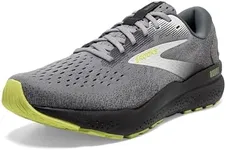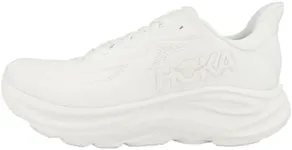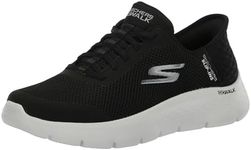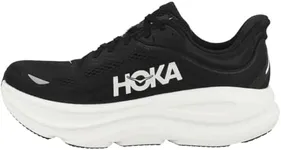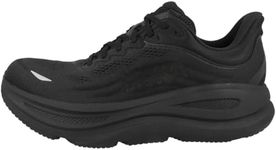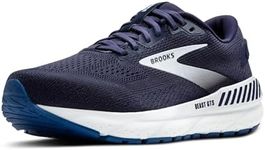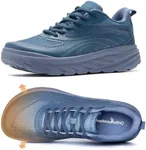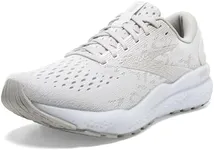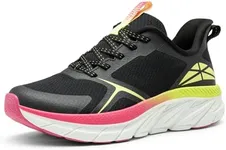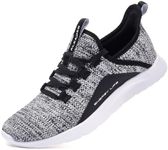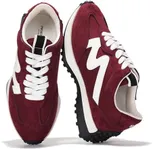Buying Guide for the Best Walking Shoes
Choosing the right walking shoes is essential not only for comfort but also for the long-term health of your feet and joints. The best walking shoes should support your walking style, feel good during your daily activities, and last through regular use. The right pair depends a lot on your walking environment, your foot shape, and how much support or cushioning you need. Paying attention to a few key features can help you sort through the options and pick the best fit for your needs.Fit and ComfortFit and comfort refer to how well the shoe conforms to your foot and how comfortable it feels when you walk. This is crucial because a shoe that doesn't fit can cause blisters, sore feet, or long-term problems with your posture. Walking shoes should have enough room in the toe box so your toes can move freely, but also be snug around the heel to prevent slipping. To pick the best fit, try shoes on in the afternoon when your feet are slightly swollen from the day. Walk around the store or at home to ensure there are no tight spots or uncomfortable seams. If you have wide or narrow feet, look for brands or models that offer multiple width options.
SupportSupport describes how much the shoe helps stabilize your foot, particularly around the arch and heel. Good support can prevent pain and injuries, especially if you walk long distances or have flat feet or high arches. Walking shoes usually come with varying degrees of support: minimal (for natural foot movement), moderate (for most people), and maximum (for people who need extra stability). If you have a history of foot issues, or if you walk on uneven surfaces, consider shoes with more structure and built-in arch support. Otherwise, a moderate support shoe should suffice for everyday walking.
CushioningCushioning is the padding inside the shoe that absorbs the impact when your foot hits the ground. The level of cushioning needed depends on your preference and walking habits. Lightweight cushioning is often best for those who prefer a more connected feeling with the ground or walk short distances. Medium cushioning suits most walkers, balancing comfort and responsiveness. Maximum cushioning is ideal if you cover long distances, walk on hard surfaces, or need extra comfort underfoot. Try different levels and choose what feels most comfortable over the distances you usually walk.
WeightWeight refers to how heavy the shoe feels when worn. Lighter shoes generally make walking less tiring and are preferred for brisk or long walks, while heavier shoes might offer more support and durability, especially for rugged environments. If you plan to walk quickly or for exercise, look for lightweight models that don’t weigh you down. For more casual or daily use, weight is less important, so prioritize support and comfort over the lightest weight.
BreathabilityBreathability means how well the shoe lets air flow to your foot, keeping your feet cool and dry. Shoes with mesh uppers or ventilation holes are more breathable. This is especially important if you walk in warm climates, or if your feet tend to sweat. If you often walk in wet or cooler conditions, you might prefer less vented shoes or those made from water-resistant materials, balancing breathability with weather protection.
Outsole GripOutsole grip is about how well the bottom of the shoe holds onto different walking surfaces, preventing slips or falls. Shoes with deeper treads or patterned soles provide better traction, which is useful for outdoor, trail, or variable conditions. If you stick mainly to paved or indoor surfaces, a basic flat grip will likely be fine. People who walk on grassy, gravelly, or uneven paths should look for shoes with rugged, grippy outsoles.
